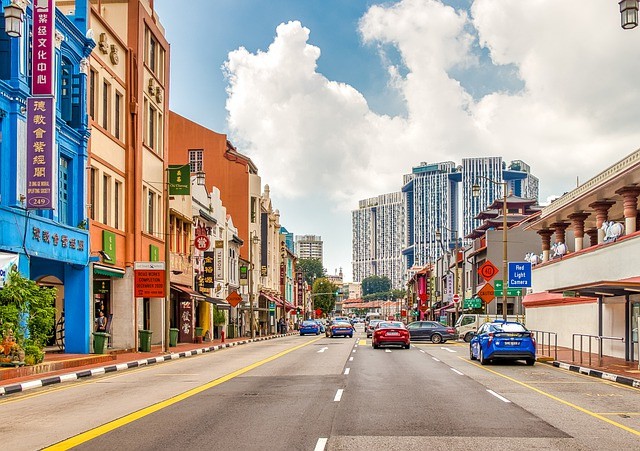
The world has lauded Singapore for its exemplary COVID-19 response just less than a month ago. The small city-state was able to control the rise of the cases without the need for restrictive lockdowns or community quarantines as compared to the rest of the world.
After Singapore's model approach to coronavirus, the second wave hit the city-state hard. Based on Johns Hopkins University, Singapore's number of confirmed coronavirus cases rose from 266 since March 17, to over 9,000. About 3,000 cases have been reported in just the last three days. As of April 21, the Ministry of Health has confirmed 1,111 new cases of infection.
These numbers may not be as enormous as the thousands of daily reported cases in European countries and the United States. However, the city-state has only a population of 5.7 million, with a small total land area of almost 700 square kilometers. In comparison, New York is more massive; hence, the total number of reported cases is quite significant and alarming.
Initially, Singapore's ideal approach to the pandemic is also due to a lot of advantages it has, such as having only one primary land border with Malaysia, a top-notch health care system, stringent rules, and policing, among others. Despite these, cases have still surged drastically.
Most of the newly reported cases are Work Permit holders that reside in clustered residences. The growing number of infections are linked to the country's crowded migrant worker dormitories. Singapore has been acknowledged globally for what seemed like a successful containment of the outbreak. However, this second peak or new wave of confirmed cases proves how easily the virus can revive and spread, particularly in disadvantaged communities.
The prime minister, Lee Hsien Loong, imposed restrictions at the beginning of April and was supposed to end by the first week of May. However, with the steep spike on the number of positive cases, Singapore will extend its lockdown measures and restrictions until early June.
Singapore was one of only a handful of countries that did not close schools due to early research that suggests that children are not as vulnerable to COVID-19 compared to adults. Majority of countries imposed school closures to avoid transmission of the virus and intensify social distancing measures. However, the findings of the study published early April point out that school closures did not aid in controlling the SARS outbreak in 2003.
This time, however, the city-state is tightening its measures by closing schools and numerous workplaces to slow the wildfire-like spread of the virus. The country's first measures, also known as the "circuit breaker" strategy, include the closure of theme parks and casinos, food and beverage outlets, and restaurants will remain open but only for delivery or takeaway. Food establishments, supermarkets, hospitals, clinics, utilities, banks, and transportation will remain open.
The announcement of extended measures came two weeks after the government imposed its original lockdown strategy. Stricter standards have resulted in the closure of more shops and non-essential establishments, restriction of access in public hotspots, and work suspension of migrant workers who were required to stay home.
© 2025 NatureWorldNews.com All rights reserved. Do not reproduce without permission.



